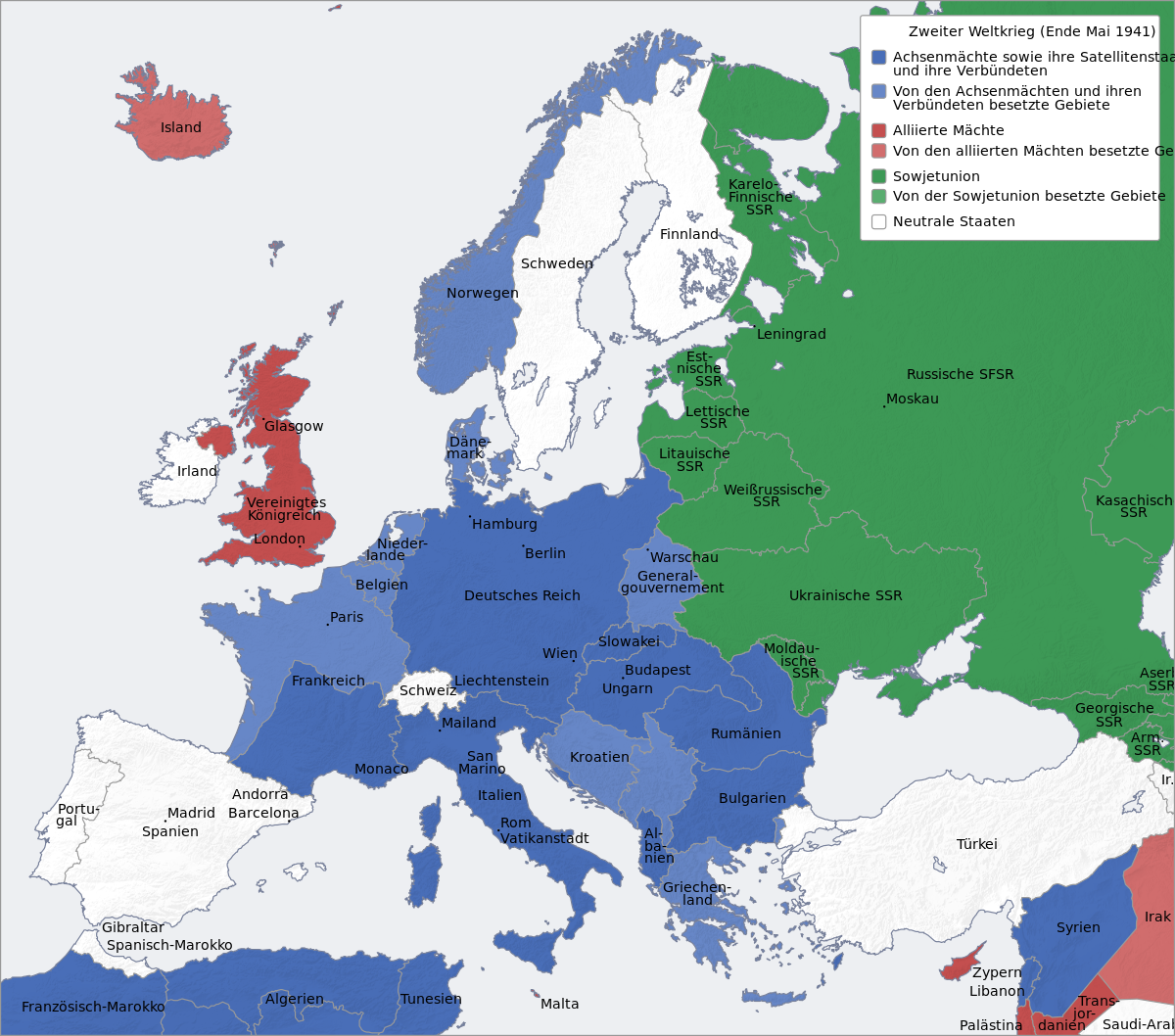There is some set of "facts", in quotation marks, which are known in our country to anyone who is at least slightly interested in the history of the Great Patriotic War. One rifle for three, plywood Soviet fighter planes, hopelessly outdated tanks... On the same level is the legend of how on the eve of war the fortification line along the "old border" was blown up but there was no time to build anything sensible on the new border.
(- - -)
In April 1941, with the advent of spring warmth, the work on UR construction became a round the clock building emergency. Beside construction units proper and unavoidable in such deal camp inmates, tens of thousands of local residents were brought on the construction. Later even that was considered too little, and for the construction were sent several infantry battalions from each district division. From Moscow were flying one after another threatening telegrams, lashing up the tempo rabid even without it. For instance, in Western OVO during two spring months of 1941 were cast in cement 217 defence facilities, which was 128% of the initial plan. The available documents (TSAMO, fund 48, list 3408, cases 19-21, outgoing telegrams of General headquarters) show that in last days of peace the top military leadership worked as the management of a huge construction trust. The main subject of correspondence - cement, rebars, plan fulfilment percentages...
How many bunkers did they have time to construct next to the new border? The accurate number is unknown to anybody (in particular, because many facilities have been really built but not yet officially accepted by the client, and the last pre-war reports are, as a rule, dated by 1 June). At that, there are many options of the response. The most "incorrect" (i.e., admitting a tremendous number of constructed facilities) answer is given in his renowned book "Recollections and reflections" by Marshall Zhukov: "By the beginning of the war it was possible to construct about 2,500 reinforced concrete facilities. Out of those 1,000 were armed by the UR artillery, and the remaining 1,500 only by machine guns" (Zhukov, 2002, p. 233). Zhukov’s memoirs is one of the most read books on the history of the Great Patriotic War. It was reprinted 12 times. Over one million copies were published. Many of those who believes in a mantra "there was no time to build anything on the new border" read these words (or at least saw them). Of course, what can we ask from the general public if some doctors of historical sciences literally in the adjacent paragraphs of the same article quote both Zhukov’s 2.5 thousand bunkers and known to the specialists, three times lower, numbers (Khorkov, 1987).
Modest estimates are as follows. In three districts (Baltic, Western and Kiev) over 800 bunkers were built. Out of those, 550 were equipped with the armament and special systems. The most reliable, in my view, should be considered a report prepared in February of 1942 by the German land force Supreme Command headquarters. After months of study in the occupied territory the Germans discovered 1,113 bunkers on the "Molotov line" at the new border (that is where "there was no time to build anything") and 3,096 bunkers on the "Stalin line" (that is where "everything was blown up") (Krupennikov, 1998).





